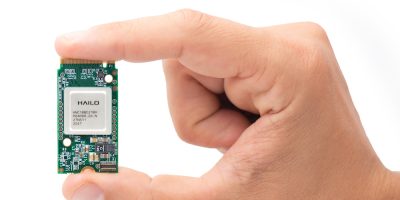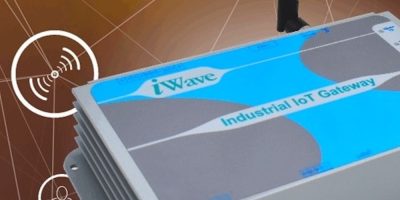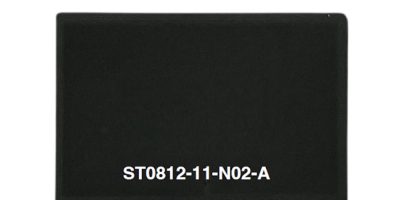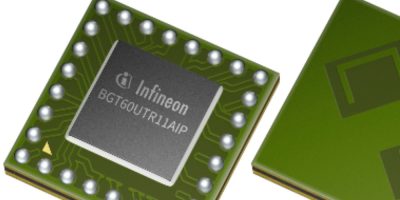The Hailo-8 Century and Hailo-8L AI accelerators have been added to the Hailo-8 portfolio to enable high performance AI in edge devices ranging from entry level to high-capacity deployments, said Hailo.
The Hailo-8 AI accelerator offers hundreds of successful deployments in customer programs and products. The new high-performance Hailo-8 Century PCIe card line offers up to 208T operations per second (TOPS) for most demanding applications. Hailo adds that the Hailo-8L makes advanced AI processing available for entry-level applications.
“The expansion of our Hailo-8 AI accelerator portfolio is unlocking new opportunities for our customers to harness real-time, power-efficient intelligence in a diverse range of applications and industries,” said Orr Danon, CEO of Hailo. “With the rise of generative AI driven applications, our . . . solutions bring unmatched AI performance and power efficiency, enabling state-of-the-art transformer-based models such as ViT, CLIP and SAM, at the edge,” he said.
The Hailo-8L has up to 13TOPS and is designed to support entry level products requiring limited AI capacity or lower performance. The Hailo-8 Century line comprises PCIe cards delivering 52 to 208TOPS for demanding applications such as video management systems handling a large number of video streams. The Hailo-8 Century PCIe cards deliver best-in-class power efficiency at 400FPS per Watt on the ResNet50 benchmark model. They are also cost-efficient said Hailo, representing up to 70 per cent reduction in edge AI deployment costs. The robust design supports industrial temperature ranges and ensures compatibility with virtually any environment or application, said the company.
The Hailo-8 Century products can be used where AI compute power is large camera deployments is required, such as security, retail and smart cities for video analytics.
Hailo-8 Century and Hailo-8L deliver low latency, high efficiency processing and are capable of handling complex pipelines with multiple real-time streams and concurrent processing of multiple models and AI tasks. The expanded portfolio of Hailo-8 products features seamless scalability for future upgrades. All products are compatible with the same field-proven and comprehensive Hailo-8 software suite.
The Hailo-8L can run the benchmark classification model ResNet50 at 500 FPS, and the Century high performance PCIe cards can run this model at up to 10K FPS, outperforming Nvidia’s comparable products in performance, cost efficiency and power efficiency parameters.
Hailo is an AI-focused chipmaker, developing specialised AI processors that enable data centre-class performance on edge devices. The processors are designed to fit into smart machines and devices, impacting a variety of sectors including automotive, security, industry 4.0 and retail.







